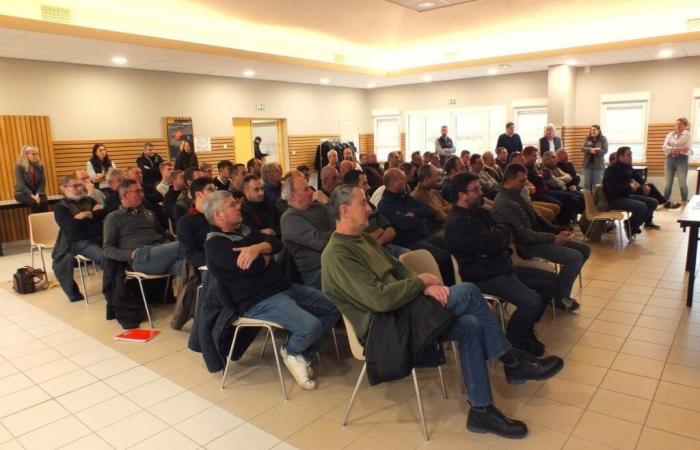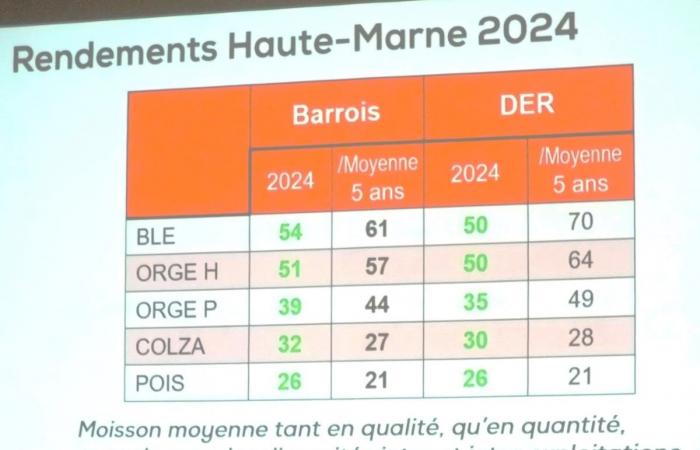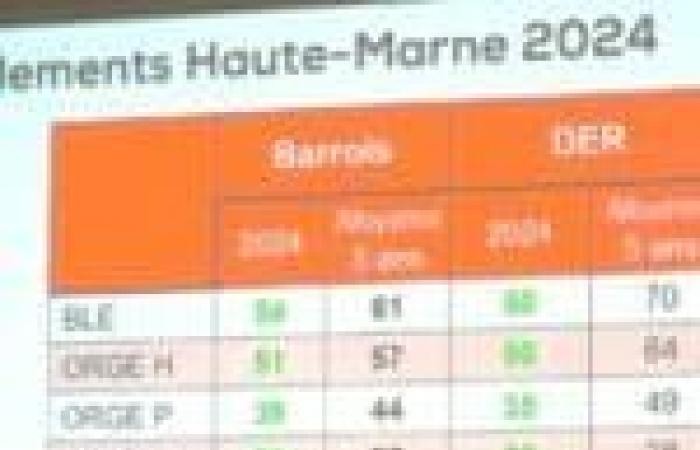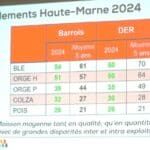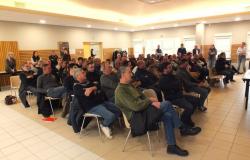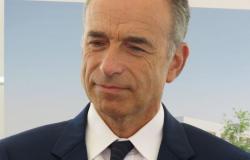Rural world. Thursday, November 21 in the morning, the Cerfrance association invited its members to a meeting dedicated to the agricultural situation in Nord-Haute-Marne. Around 70 people took over the multipurpose hall in Rupt, near Joinville.
Cerfrance has three agencies in the north of our department: in Saint-Dizier, Montier-en Der and Vecqueville. This meeting brought together farmers, financiers, officials from the DTT and the Chamber of Agriculture. The Territory Director for Cerfrance, Sophie Coquin, was present, as well as the assistant Marie Szczerbick, and the president Jean-Marc Louis. It turns out that farmers have suffered a 25% increase in costs since 2019! However, it seems that the “cash cow” that the agricultural and rural world represents in their eyes is sick: the markets are not there while the weather has been disastrous in 2024.
Although the price of wheat increased at the start of the war in Ukraine, prices fell back to a previous level, i.e. €200 per tonne. On the other hand, the cost of fertilizers and fuel oil is increasing due to this conflict. For 2024, the cereal yield remains average: the harvest leaves something to be desired, both in quality and quantity. The 2024 forage campaign, for grass and corn, results in a decent yield, but disparate depending on the sector. The 370 milk producers, who have an average of 92 cows per farm, produce 8,500 kg of milk per animal. This production is equivalent to that of 2023, while meat is experiencing a slight increase in its price. Concerning rapeseed, its selling price does not cover the balance amount (between expenses and revenues) for two years, despite a drop in operational costs. The yield per hectare of rapeseed is 3.3 tonnes, while the equilibrium price is €467 per tonne: the sales price retained is €440. However, for two years, the situation has been identical for wheat. For example, Barrois cereal growers obtain a negative economic result, or close to zero. This is explained by a lack of profitability of cereal farms. As for milk, its cost price is €497 for 1,000 liters, while the sales price retained is €475; however, this average includes disparities. For two years, according to this report projected on screen, we have not completed the financial balance sheet allowing the repayment of loans. As for Bluetongue (BCF), which peaked in the summer of 2024, it caused 50% excess mortality. This health crisis generates veterinary costs and additional work for vaccination.
Cash
In the short term, the 2024 harvest must finance the start of the 2025 operating cycle. But the cash flow of cereal, dairy and meat cereal producers is varied. It is necessary to plan for the purchase of fertilizers and seeds, while the fiscal and social tax for the 2022 harvest, as well as the balance of the MSA, must be paid in December with a forecast call for 2025. Without forgetting the tax on the 2023 income (2022 harvest) which must also be paid. As a reminder: a possibility of spreading can be requested from the tax services.
Miscellaneous questions
The speakers mentioned biostimulants (considered expensive and whose tests are inconclusive), the cultivation of retted or beaten hemp (potentially interesting), organic agriculture (less and less dynamic and whose selling price tends towards that of the traditional sector), photovoltaics on roofs and on the ground (interesting if the infrastructures are automated), nitrate management (spreading schedule based on production), the pact in favor of hedges (subsidies to replant hedges), as well as investment aid for the benefit of breeders (including for poultry).
From our correspondent Patrick Quercy

